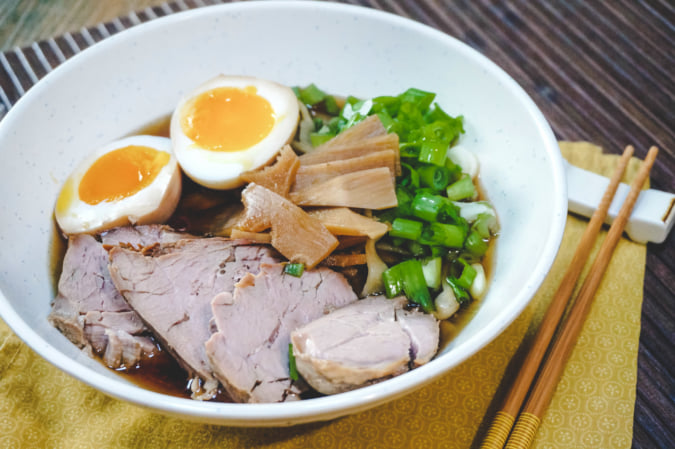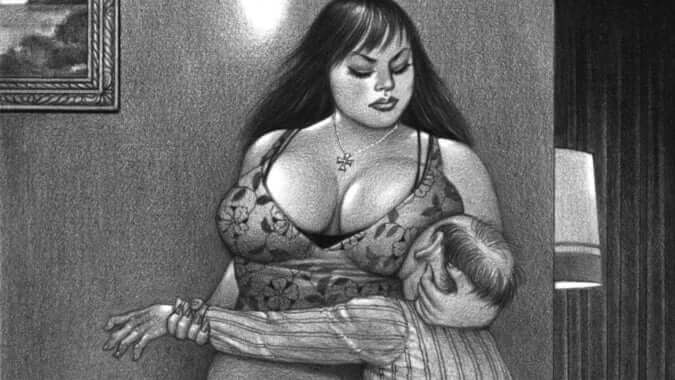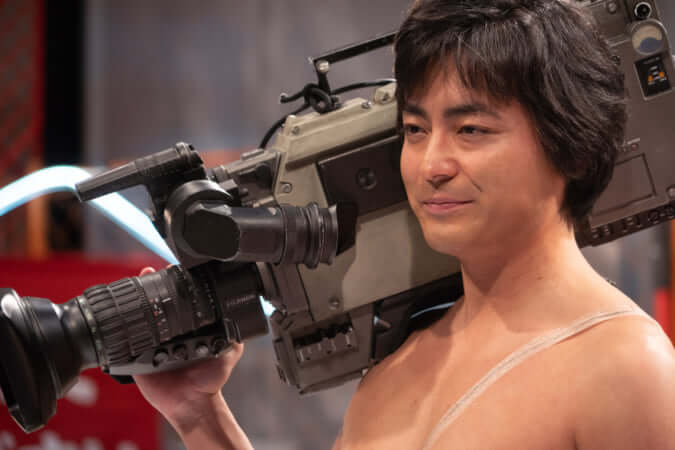‘The Sound of Water’, a Short Film Shot at Koyasan, Coming Soon to Canal+
In a blend of poetry and spirituality, the second film from director J.B. Braud follows the traces of a missing woman.
The second Franco-Japanese fiction film from Pen, The Sound of Water, will soon be shown on Canal+. For this short film, director J.B. Braud worked once again with actress Saki Asamiya, who also starred in Pen Films’ first production, In The Still Night. This time, the narrative moves away from the cities and unfolds in a timeless version of Japan.
Shot partially at Mount Koya in Wakayama prefecture, the centre of Japanese spirituality, The Sound of Water focuses on the disappearance of Chisato, and Paul’s attempts to find her. The latter is played by actor Maximilien Seweryn (Valerian, Versailles). Paul’s quest leads him to experience dreams and regrets, in the heart of stunning natural surroundings. The film is also interspersed with enigmatic characters like Teruo, played by Kentez Asaka (The Outsider, The Naked Director).
With tatami and pillow shots that call to mind the hallmark of director Yasujiro Ozu, The Sound of Water revives the aesthetic of 1950s Japan, enhanced by breath-taking directing and cinematography.
The Sound of Water (2021), a short film by J.B. Braud, soon to be shown on Canal+.
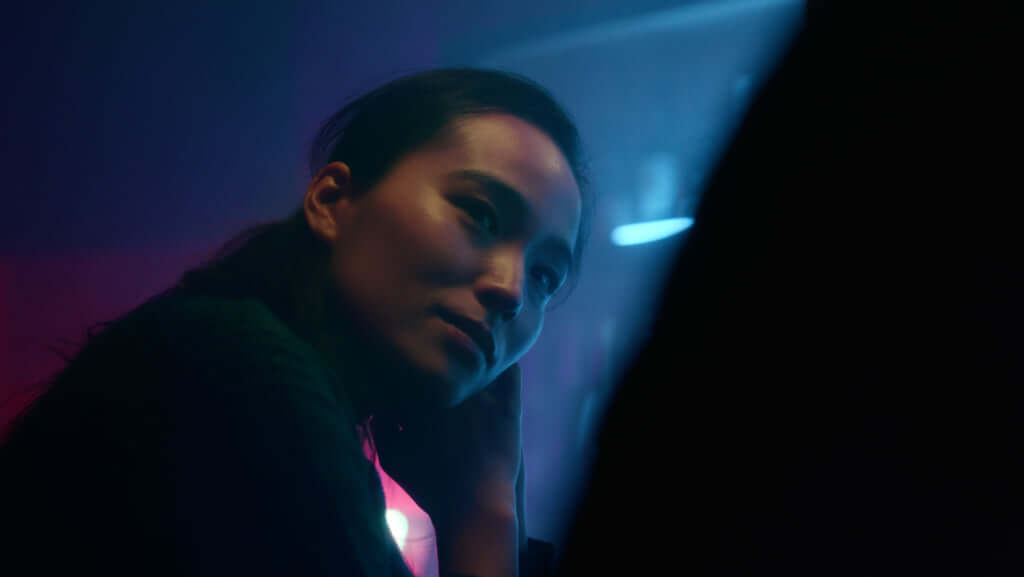
Saki Asamiya in ‘The Sound of Water’.
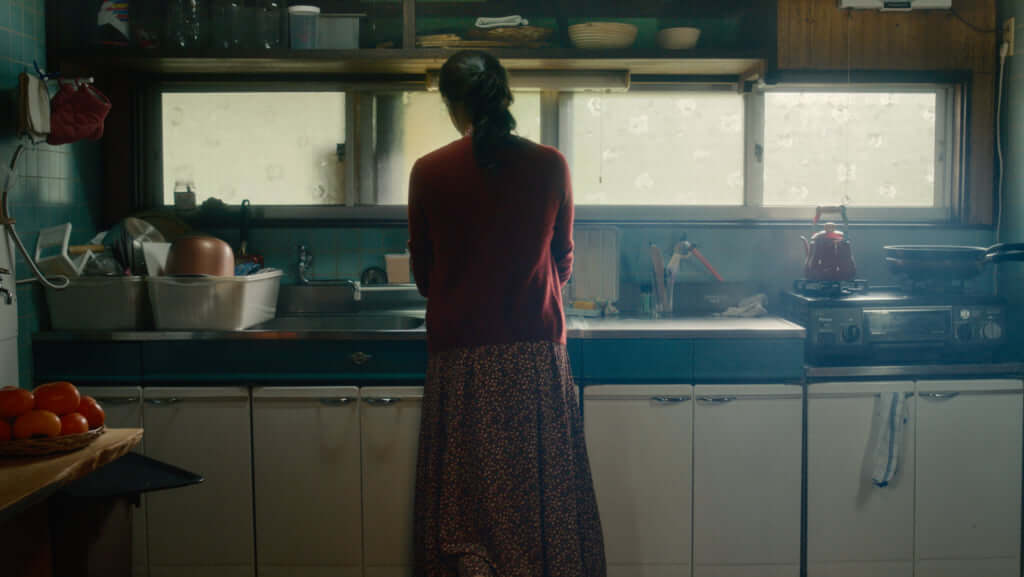
Saki Asamiya in ‘The Sound of Water’.
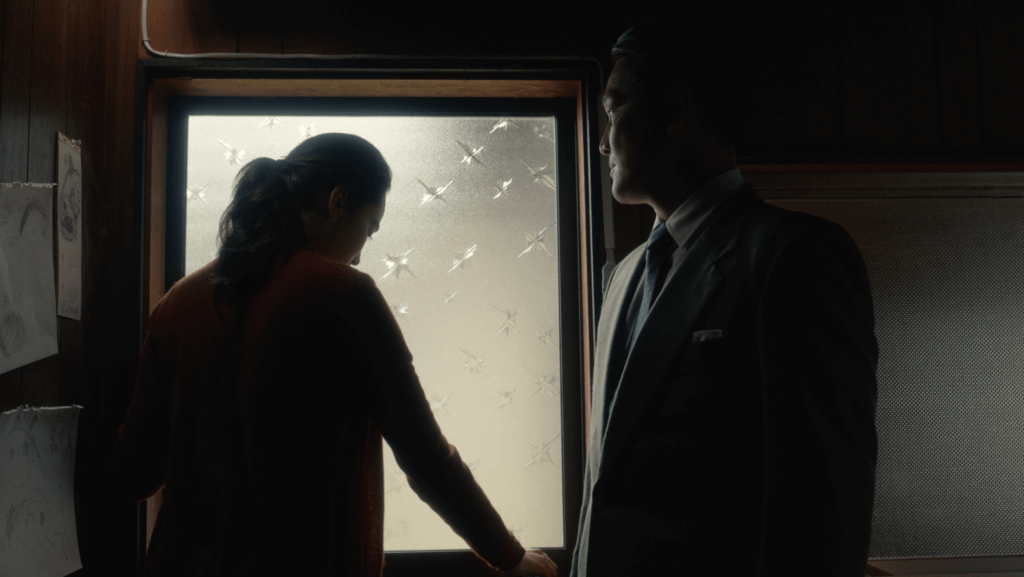
Saki Asamiya and Kentez Asaka in ‘The Sound of Water’.
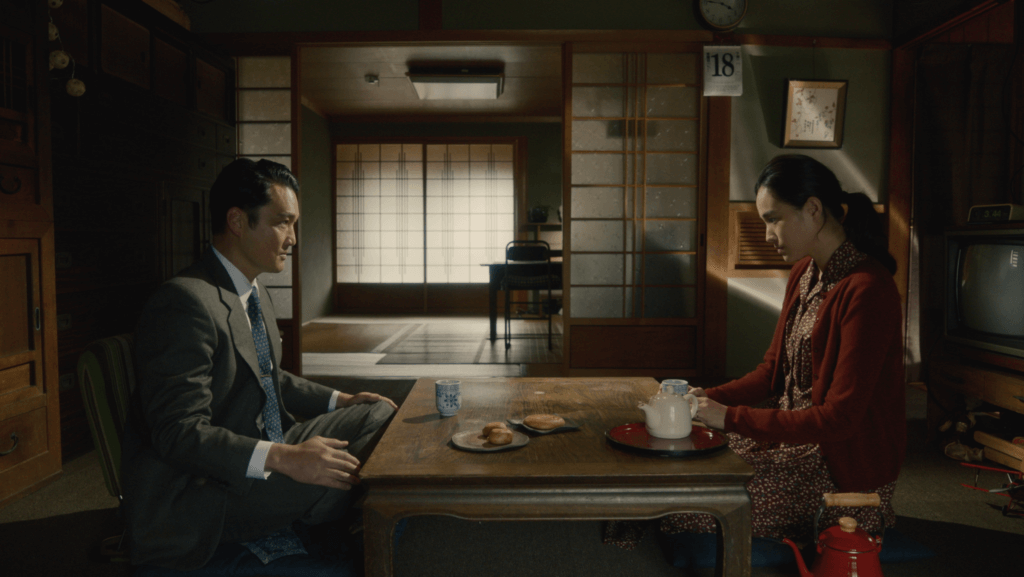
Saki Asamiya and Kentez Asaka in ‘The Sound of Water’.
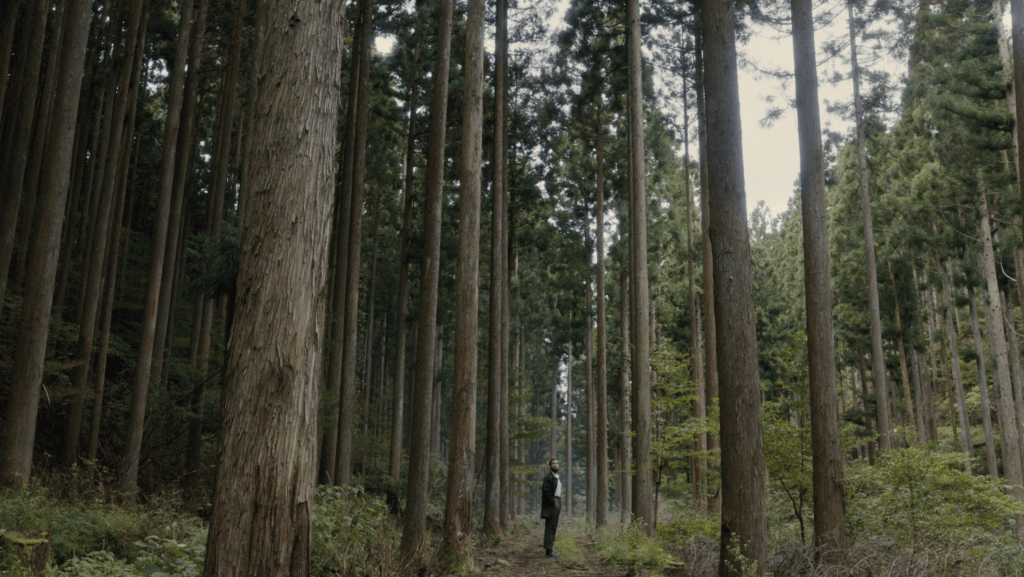
Maximilien Seweryn in ‘The Sound of Water’.
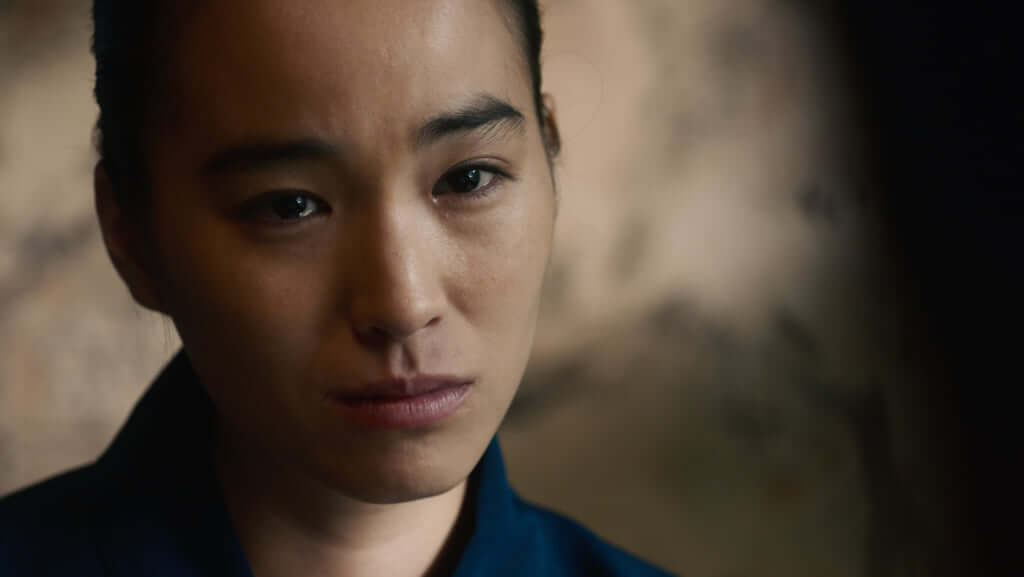
Saki Asamiya in ‘The Sound of Water’.
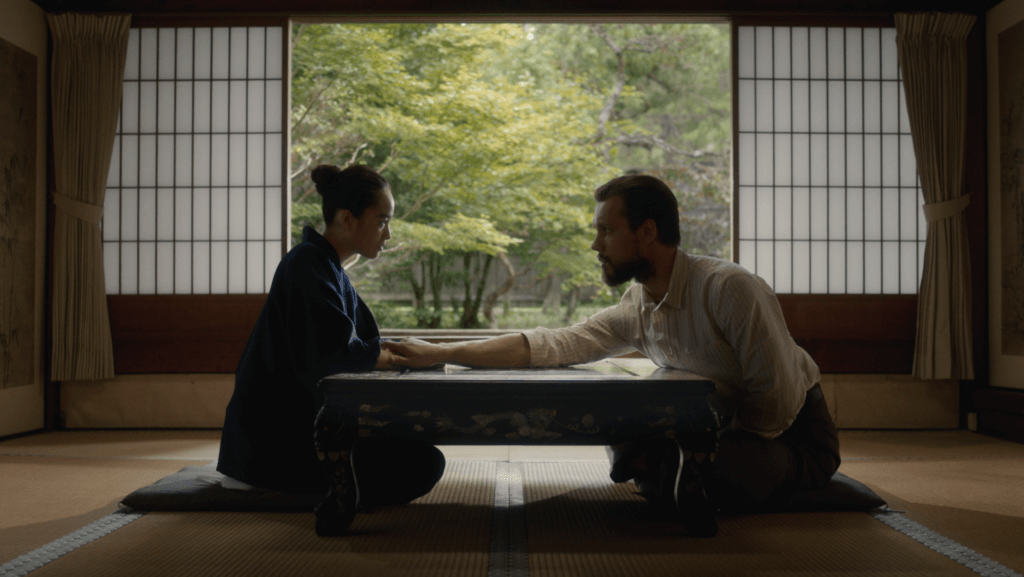
Saki Asamiya and Maximilien Seweryn in ‘The Sound of Water’.
TRENDING
-
Ishiuchi Miyako, A Singular Perspective on Women
Recipient of the 2024 Women in Motion Award, the photographer creates intimate portraits of women through the objects they left behind.

-
Recipe for Ichiraku Ramen from ‘Naruto’ by Danielle Baghernejad
Taken from the popular manga with the character of the same name who loves ramen, this dish is named after the hero's favourite restaurant.

-
Namio Harukawa, Master of Japanese SM Art
'Garden of Domina' offers a dive into the world of an icon of ‘oshiri’, whose work has now reached a global audience.

-
The Tattoos that Marked the Criminals of the Edo Period
Traditional tattoos were strong signifiers; murderers had head tattoos, while theft might result in an arm tattoo.

-
The Emperor of Japanese Porn is Now the Star of a Netflix Series
Deliciously funny, The Naked Director especially succeeds in reviving the atmosphere that was so characteristic of 1980s Japan.


